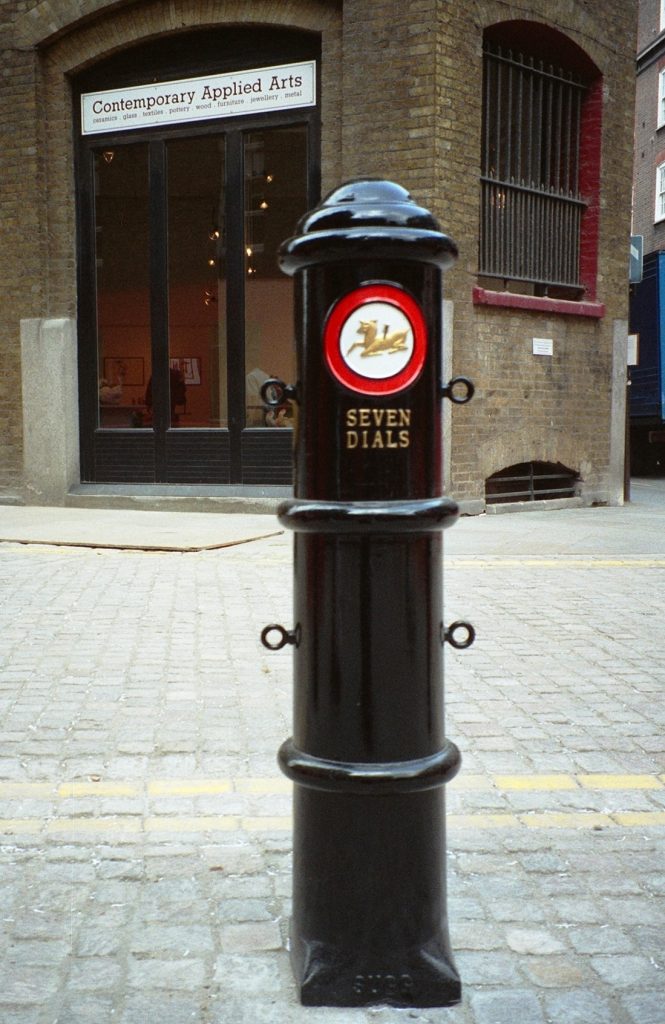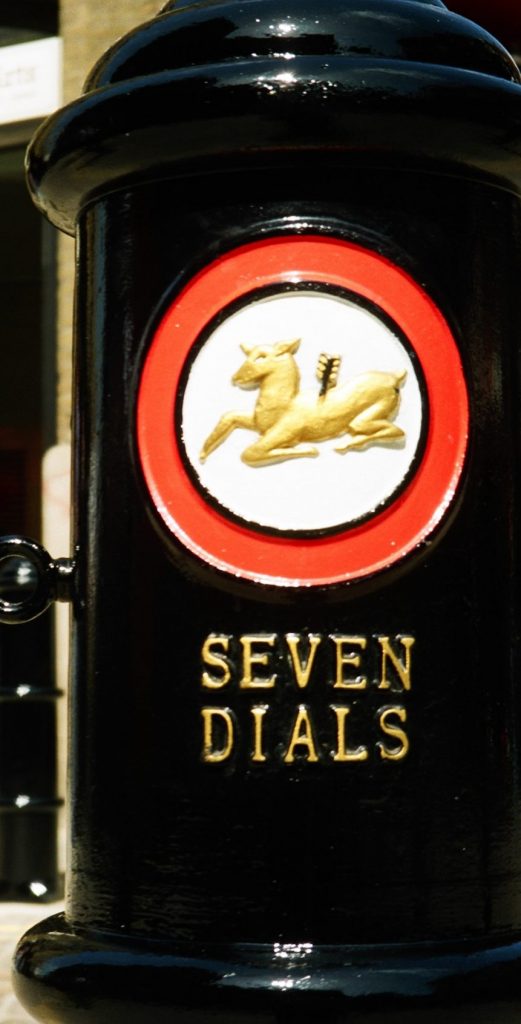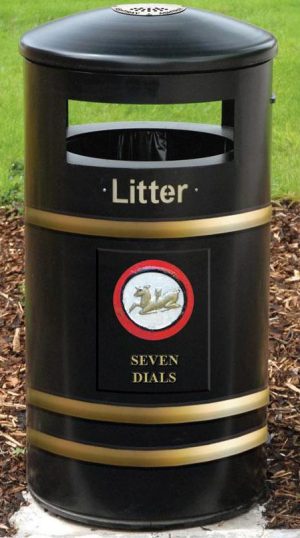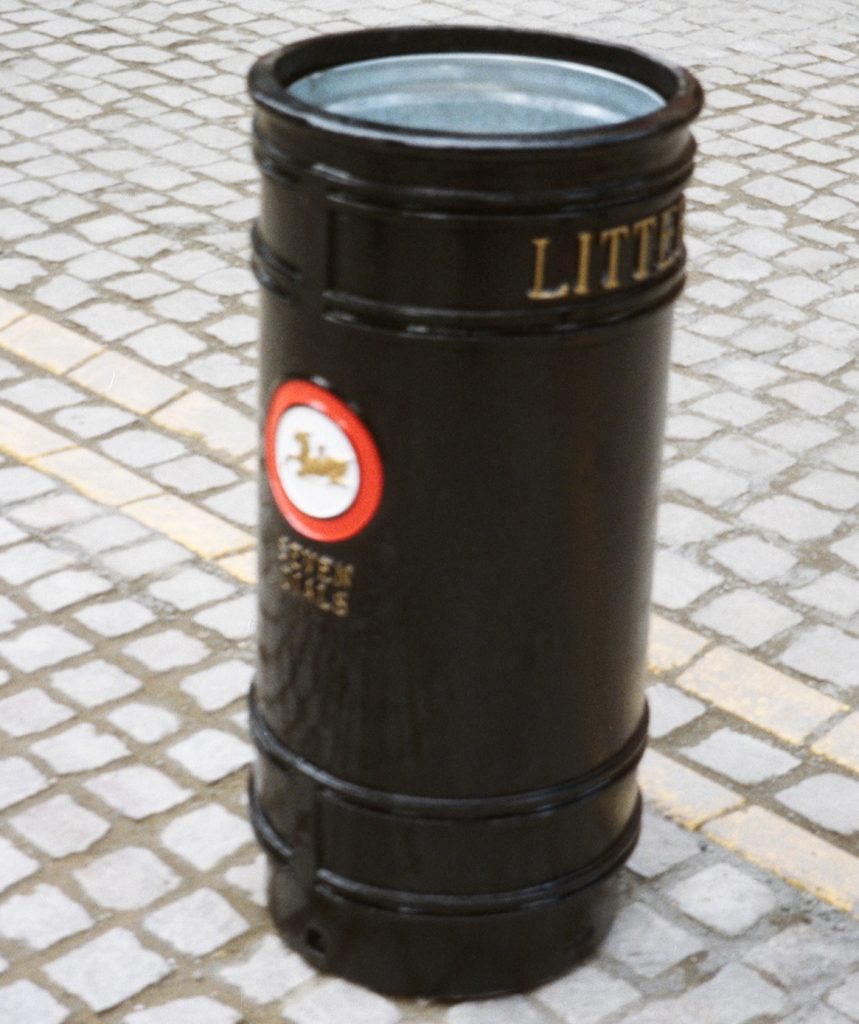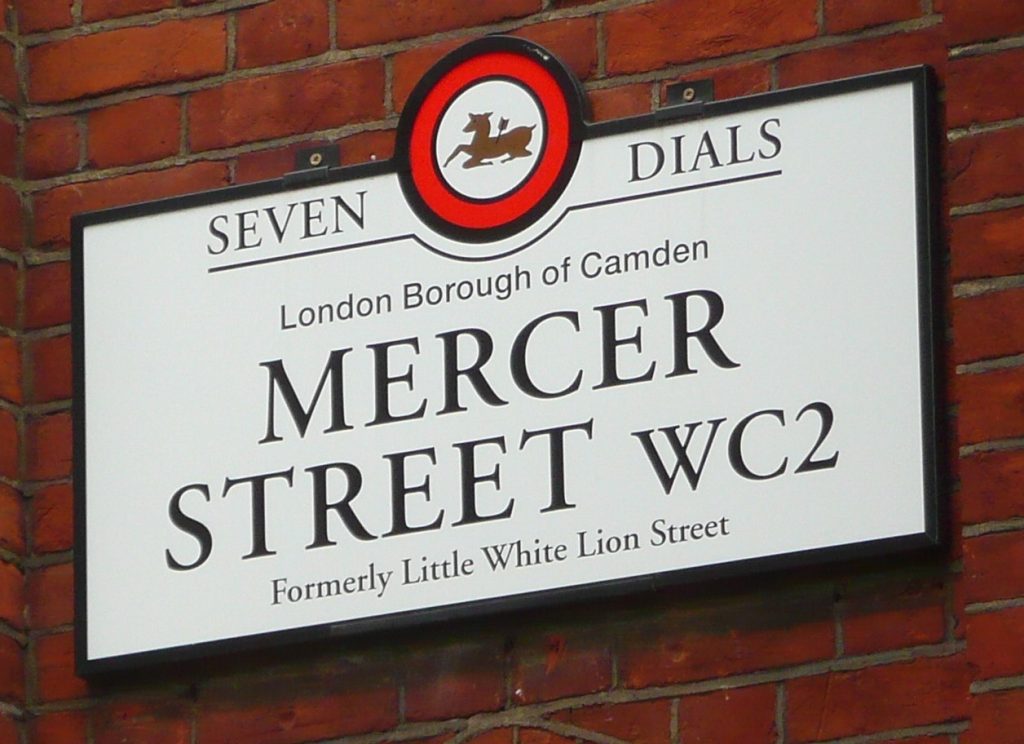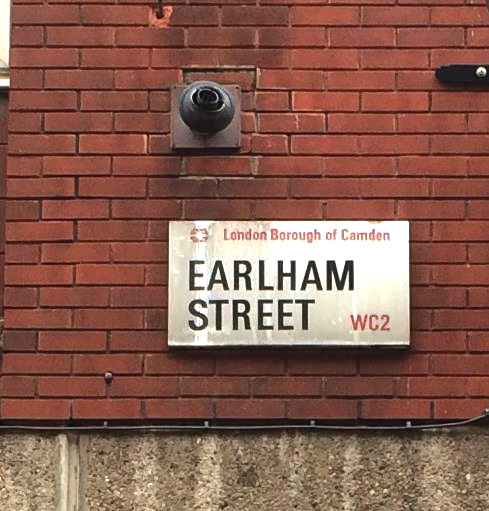From the 17th century to the Second World War, street furniture, including litter bins, bollards, signs, lamps and paving, were considered decorative as well as functional fixtures. In Victorian times, elegant bollards, street lights and wall bracket lamps were used throughout the area.
The ‘carpeting, furnishing and lighting’ of a street is as important to the character and use of an area as the interior design of any public building. It is the view of the Trust that everything in the public realm should earn its place, be attractive, durable, require minimal maintenance and have a design life appropriate to the area it adorns. Where possible, it should be based upon historic precedent, at least be neutral, and never damage the character or interest of the area
When the first Renaissance Study was published in 1990 there was a collection of discordant and mostly unsightly street furniture.
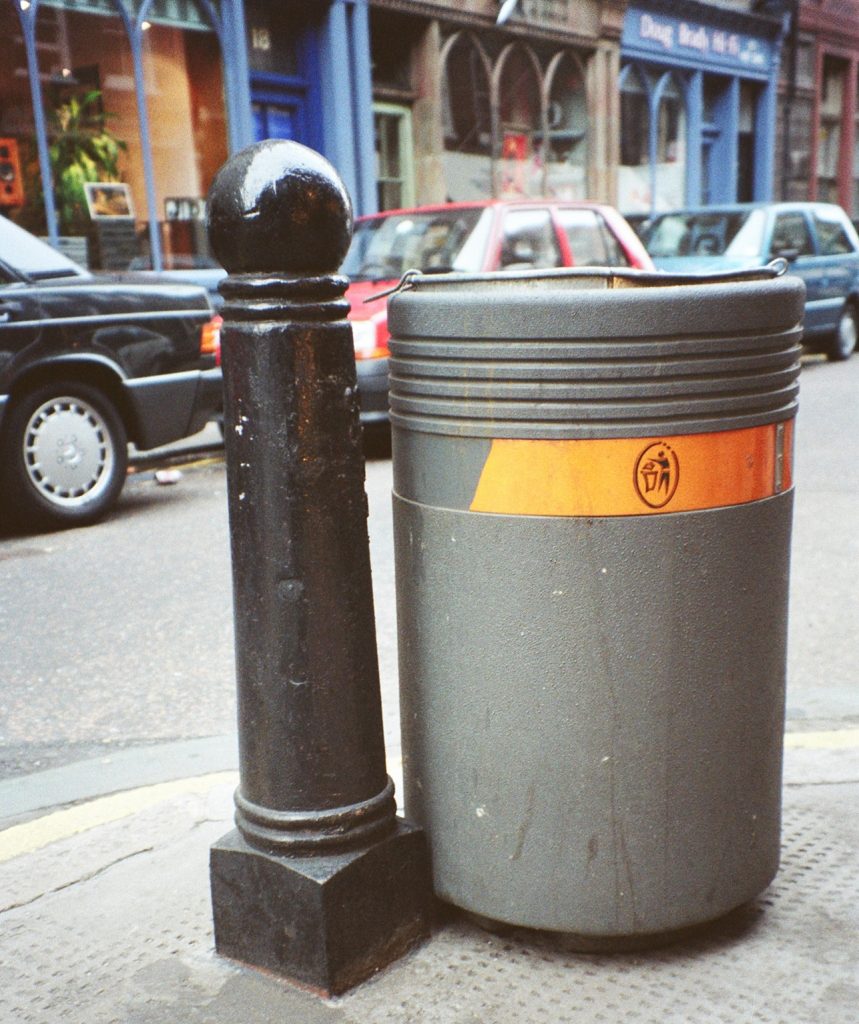
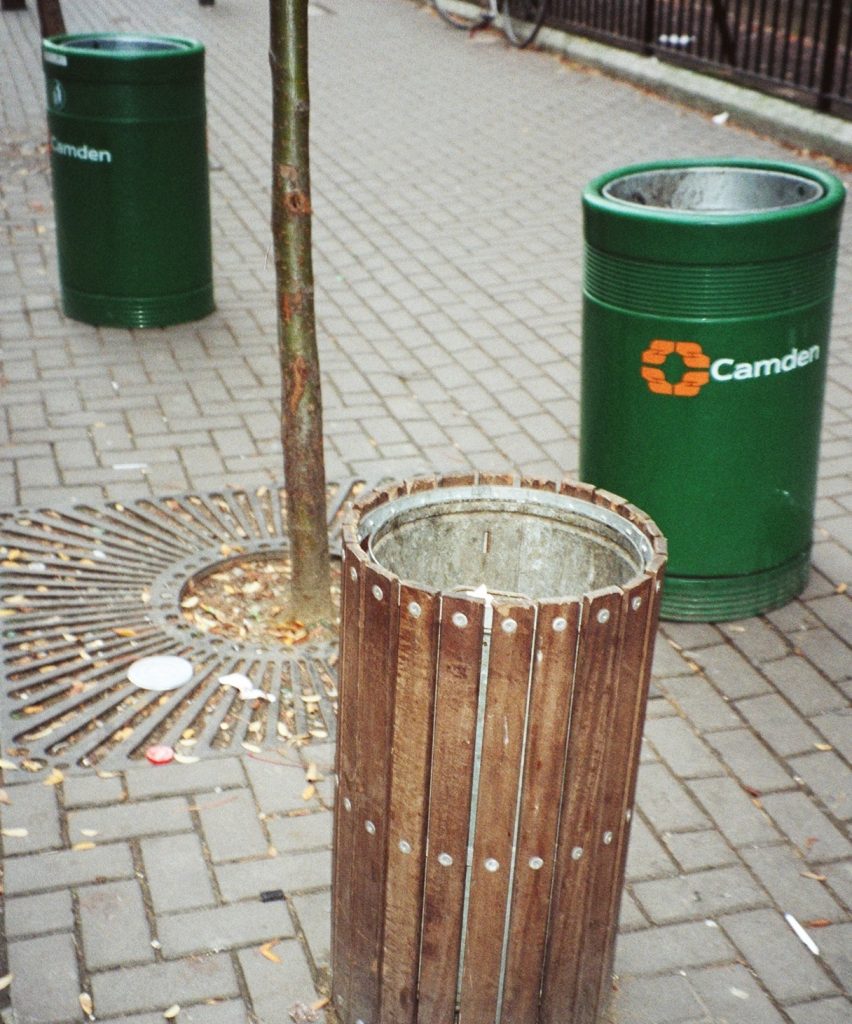
There were ten forms of bollards: Timber Large 250 x 250 x 980 height; Timber Small 150 x 150 x 980 height; Timber Circular 200 x 900 height (all Woodscape); Concrete circular 160 x 750 height (Marshalls Mono); Cast Iron tubular 180 x 180 (base) x 950 height (Comyn Ching) ; Cast iron Doric 150 x 150 x 980 height (Furnitubes); Ductile steel/cast iron 275 x 150 x 980 height (Broxap & Corby); Cast iron St. Martin’s 250 x 250 x 980 height (not in production); Concrete filled steel pipe 150 x 980 height (DLO); Ductile steel tube 125 x 750 height (Furnitubes); and Drop bollards galvanised 75 x 750 height (various).
The use of bollards in Seven Dials and the Covent Garden area dates back to the 17th century. Stone bollards are shown on Edward Pierce’s original drawing, protecting the Sundial Pillar and around the Covent Garden Piazza. The traditional purpose of bollards was much the same as today, segregating vehicles from buildings, structures and people. Designers often made an asset of their functional necessity and laid them out to contribute to the pattern and arrangement of buildings and spaces. The original materials used were stone and timber, progressively replaced by cast iron in the 18th and 19th centuries, each area often boasting its own decorative designs.
Seven Dials, in the Parish of St Giles-in-the-Fields, had its own special bollard, probably dating from the mid to late-19th century. Photographs and drawings from c.1888 show this type of bollard with the lettering ‘St Giles Parish’ cast into the surface of the bollard. This attractive cannon form has been recast, featuring the St Giles Crest with the Golden Hind and ‘Seven Dials’ in embossed lettering. It is used as the standard, replacing the ten different modern designs previously used in the area. The concept of using the Golden Hind, symbol of the ancient Parish of St Giles, was developed by Peter Heath, co-author of the previous editions of the Study. It is now used throughout the area.
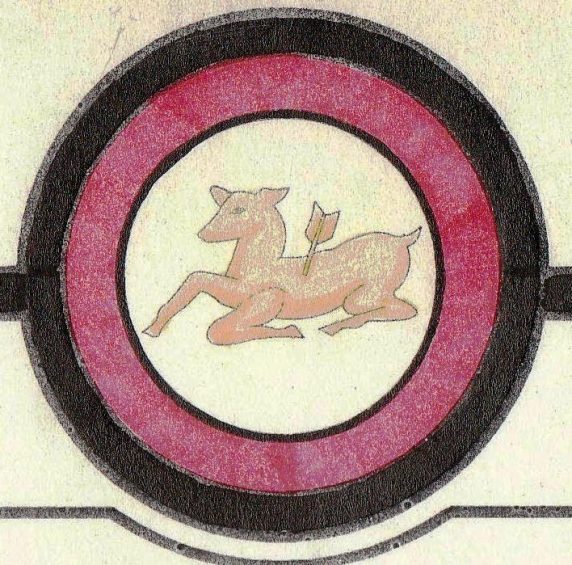
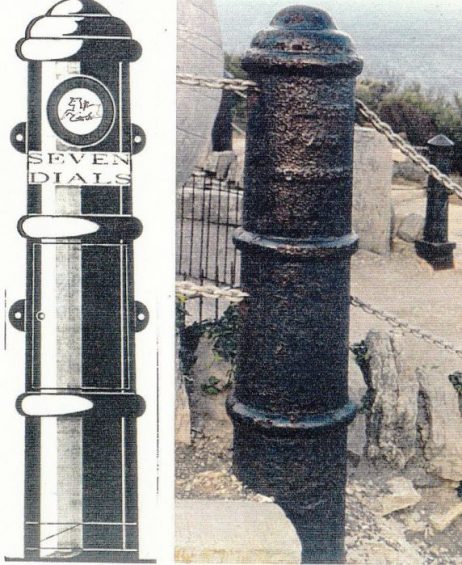
In partnership with Camden and Shaftesbury plc, the Trust has developed this theme for bollards, litter bins, street name plates and for the Trust’s People’s Plaque scheme. The designs for street name plates and People’s Plaques were made by trustee Paul Draper. In addition to consistency, they all refer back to the area’s history, building on the distinct sense of place in Seven Dials. They should continue to be used and any future forms of street furniture should adhere to this successful and popular template.
